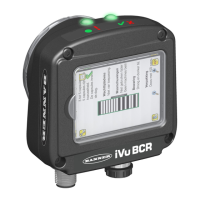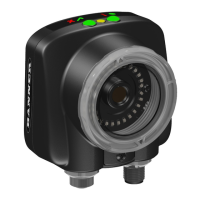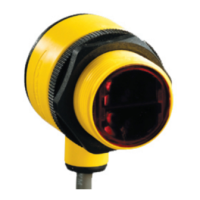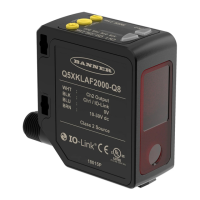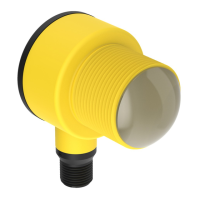What to do if the Banner Accessories Power LED is lit steady red?
- AAbigail PerkinsJul 29, 2025
If the Power LED is steadily red, check the System Log for the error. Clear the LED by navigating to Main Menu > Logs > System Logs and press the Clear System Error button. Rebooting the sensor might also resolve the problem. If it continues, further assistance is needed.
